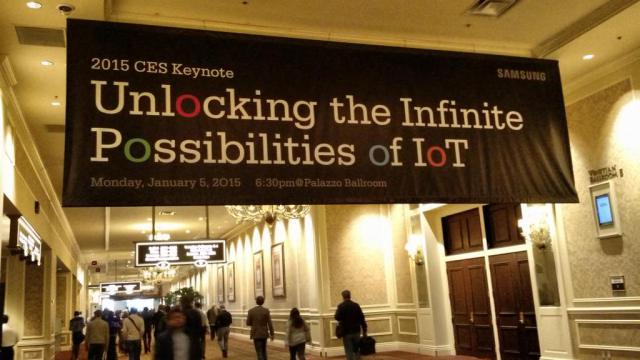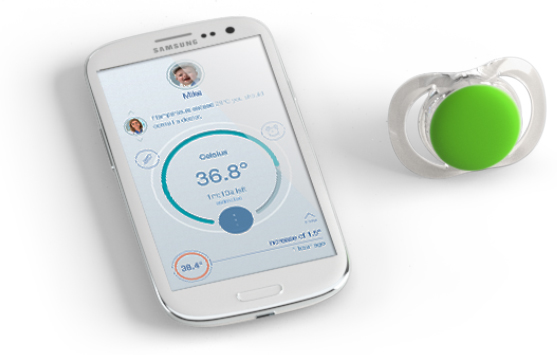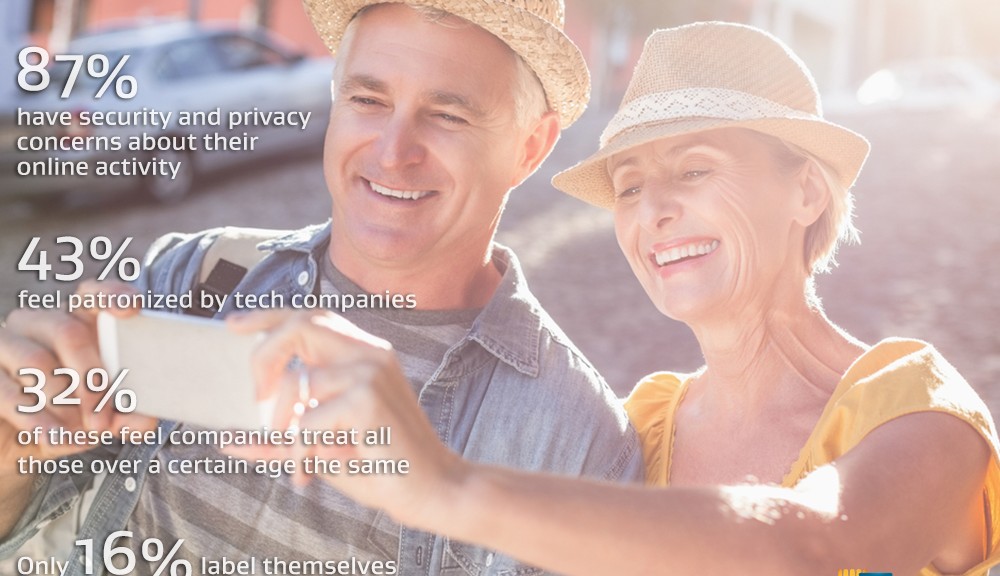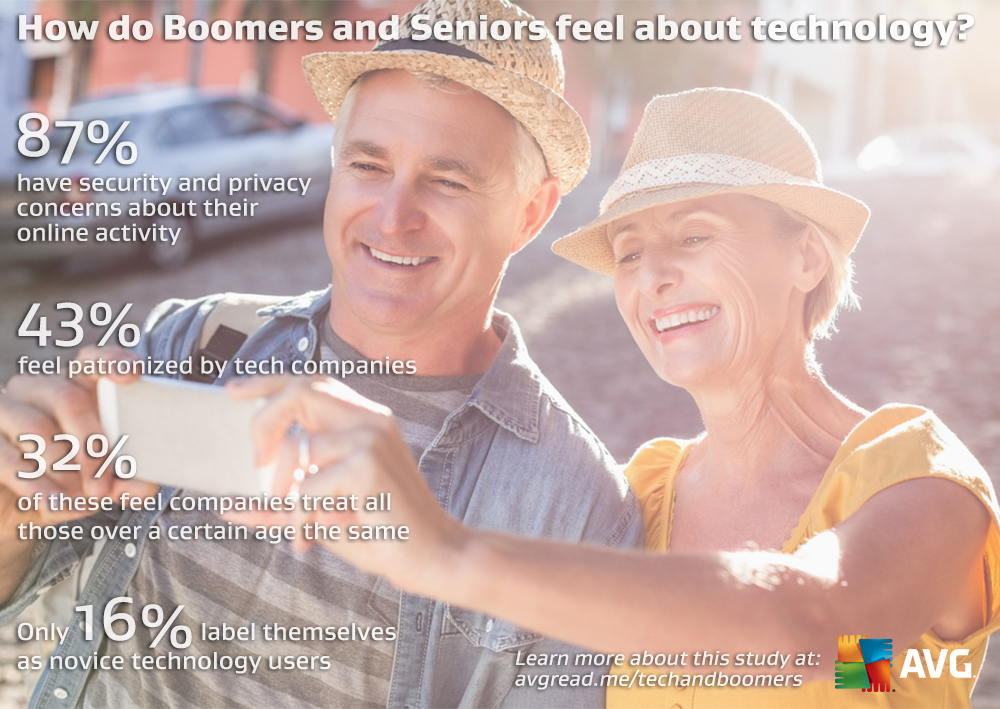Technology has made it easier than ever before for extended families to connect with loved ones.
According to our most recent AVG Digital Diaries study among Boomers and Seniors, half of those surveyed who have grandchildren feel technology makes it easier to communicate with them.
They are utilizing email (50%), texting (40%), and video conferencing tools like Skype (35%) –to communicate over all distances.
As we celebrate Safer Internet Day around the globe, it is also encouraging to see that the grandparents we surveyed are also taking an active role creating a safer Internet for their grandchildren.
In our survey, we clearly noted grandparents are weighing in and contributing to safer Internet habits for young family members.
The research shows that one in two grandparents are vocal in encouraging their grandchildren to:
- Not share too much information online
- Avoid visiting dangerous sites
- Talk to an adult if anything upsetting happens online.
Grandparent have recognized that today’s children and grandchildren face a vastly more connected world than the one they knew growing up and this is reflected in the advice that they told us they were sharing.
Among the prominent advice being administered by grandparents:
- Remember that everything you post online has the capacity remain there forever (44%).
- Be kind when posting comments or talking to people online (31%) – because what is said online has consequences.
- But also, never mind what people say online (19%). Or as Taylor Swift might say: Shake it off.

Importantly, grandparents also advised for their grandchildren not to spend too much time online (44%). As easy as technology makes staying in touch — there is no substitute for real life.
All the more reason for families, and all of us really, to consider factoring in some regular—and positive—digital time-out. What better place to start than tonight at the dinner table?
Here’s to a better and safer Internet for our children, grandchildren, and all of us –today and everyday.











